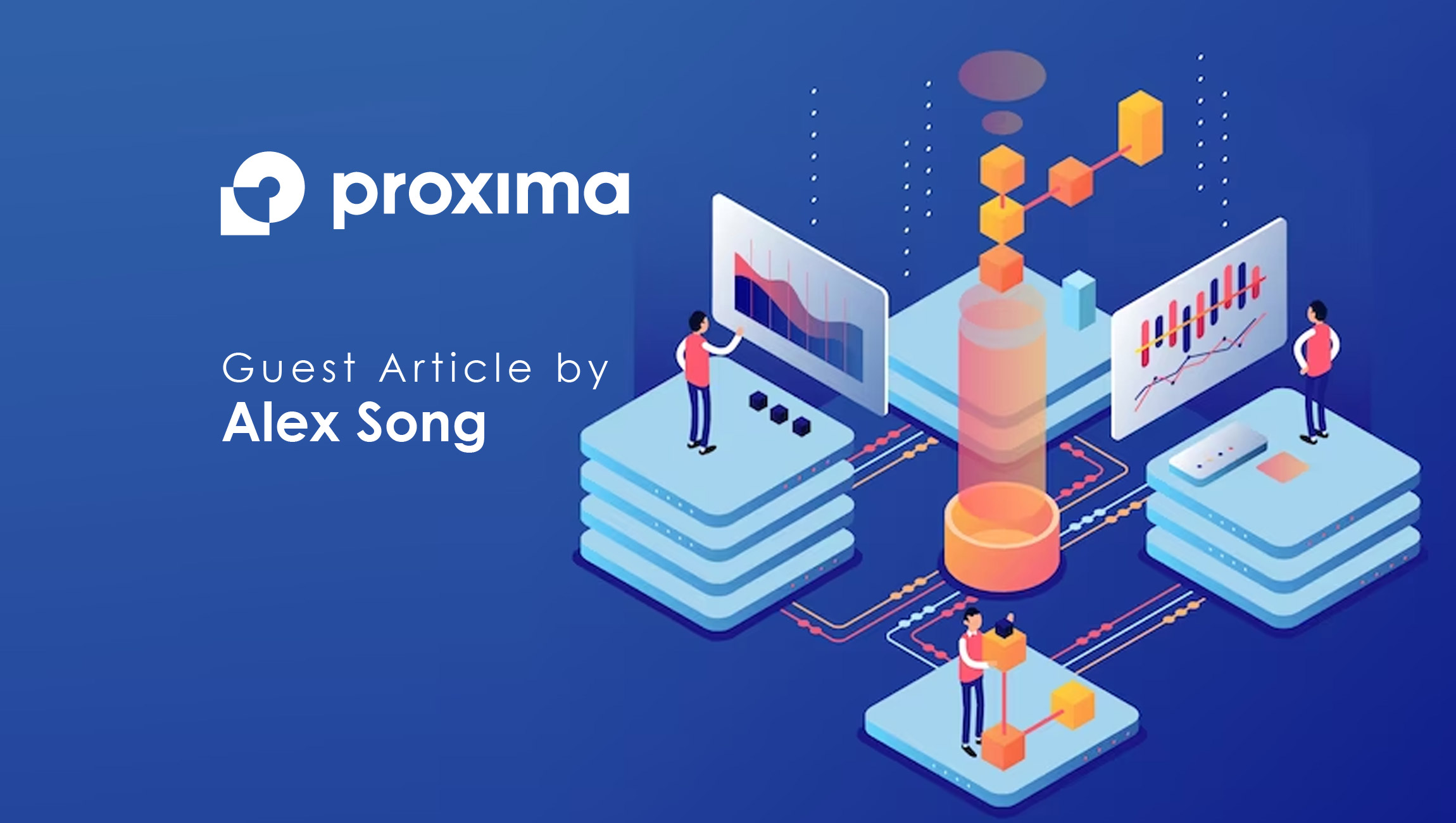Over the past decade an increasing number of platforms, software and other tools have been developed to support the launch of DTC businesses, giving founders a series of plug and play solutions to choose from at nearly every step of the way. While these tools certainly make getting off the ground easier than ever, the competition to reach audiences and achieve profitable scale has become more competitive than ever.
To find a path to success, today’s brands must forge a different path than their earlier DTC predecessors, proving themselves earlier in a very different macro environment and embracing a whole new set of AI-driven tools to accelerate their growth.
D2C Acceleration in a New Macro Environment
So much has changed in the DTC landscape, necessitating a new playbook for success. Understanding these shifts and determining how to adapt can be the difference between growth and stagnation. Here are some key changes to consider:
1. Prevalence of business building tools.
The good news is that the ability to execute and build a brand from scratch is easier than it’s ever been. Thanks to business building tools ranging from product development to website builders, brands can cherry pick the ones that will help them move from ideation to launch. For example, platforms like Shopify and Pietra make it possible to build, scale and manage a brand, something that used to require multiple tools and extensive research for new entrepreneurs. While the barriers to entry may be lower, the speed and accuracy of execution are paramount to having escape velocity. In other words, DTC brands have to figure out a way to separate themselves from the rest of their category– and quickly. Without strong competitive differentiation, brands will likely find themselves closing shop just as quickly as they opened it.
2. Change in capital efficiency.
Economic flux has all but eliminated cheap capital. As capital costs increase meaningfully (they’re now around 9%), growth at all costs is out, and profitable unit economics is in. To compete, brands have to be increasingly efficient and accurate with their spending. As more brands reach this tipping point, the value of growth diminishes and strategies that increase profitability create more value. To help drive efficiency, tools like Ampla and are providing bundled services including capital, banking, bill pay, cards, and insights. Or Parker, for example, offers a credit card with rolling terms to help startups free up capital. That is why it is so important to be creative and strategic with capital sources to ensure you have what you need to continue to build scale.
3. iOS 14.
The other major game changer came in the form of iOS 14. Since the modifications to Apple’s app tracking transparency and privacy policies took place, the ability to leverage paid social as a way to quickly scale up your brand is not as viable as it once was. Prior to Apple raising privacy standards for its users, consumer brands benefited from tracking data collected by social media platforms to engage in highly targeted campaigns to find new customers. With that data no longer available on the platforms, today’s D2C brands should expect higher CPMs and more competition in their categories than their early predecessors. To compete, they will need new savvy when it comes finding new targeting tools and experimenting with emerging ad-tech.
Marketing Technology News: MarTech Interview with Mattia Santin, Chief Marketing Officer at Hotjar
Using AI to Power Growth
As brands figure out how to embrace these changes to build and sustain their momentum, the significant contribution that AI can make should not be overlooked. Like in all industries, AI is infusing power into many of the typical startup tools, creating a distinct advantage for businesses that deploy them well. By identifying the right AI-driven growth tools, brands can meet their needs to scale. Here’s where we’re seeing AI have the greatest impact.
-
Creative development.
It’s important to note that AI cannot replace your creativity and innovation, but it can speed up the process of translating ideas to creative assets, from marketing copy to images and videos used to tell your story. Writing tools like Jasper and Ad Copy help brands develop more compelling content while Seventh Sense helps to create winning email campaigns.
-
Audience targeting.
With changes in data privacy, the ability for marketers to reach and engage with their target audience has been significantly disrupted. AI is helping to close this gap by creating alternatives for audience building and targeting through automation, but in ways that are also privacy friendly. For example, with tools like ours, companies can leverage large amounts of anonymized data to create, test and iterate high performing audiences for campaigns on social media and ad platforms. Marpipe is using AI to accelerate the generation and testing of creative concepts.
-
Personalization and remarketing.
Remarketing, or engaging audiences who have already interacted with your brand, is one of the most valuable ways to encourage potential customers to take action. These personalized marketing efforts are powered by customer insights based on a variety of data sources that are ideal for AI’s decision making and content generation. For example, data about a customer’s action on social media, online browsing and shared third-party data can be used to generate SMS, email or even chatbot outreach. Salesforce recently launched its Einstein GPT, generative AI tools with enterprise level security features. Klaviyo is another marketing automation tool that has AI embedded throughout the platform.
Marketing Technology News: Latest Metaverse Trends and Predictions for the Near Future
In today’s climate, it is not enough to find niche success. DTC brands must scale in order to attain growth. Scaling a DTC brand requires careful planning, attention to detail, and a willingness to adapt to the economic and market environment. By bringing in AI as an accelerant of growth, brands will be in a much better position to prove the viability of their businesses to other distribution channels and demonstrate growth potential to funding partners along the way. Welcoming AI-powered solutions in addition to the tools brands are already using to get started will help them better navigate the challenges of scaling while keeping their unique brand identity intact.
Missed The Latest Episode of The SalesStar Podcast? Have a quick listen here!
Episode 175: Go-to Market and Marketing Best Practices with Bryan Law, CMO at Zoominfo
Episode 174: B2B Customer Engagement with Mike Molinet, Co-Founder, Thena
Episode 173: B2B Revenue Generation Hacks with Justin Schweisberger, Chief Revenue Officer at Pramata
BONUS READ:
GTM Fundamentals for 2023 with MarTechSeries and Demandbase; Chris Moody, Head of GTM Strategy and Thought Leadership at Demandbase shares proven tips and best practices. Download now!












